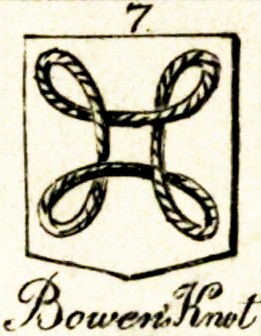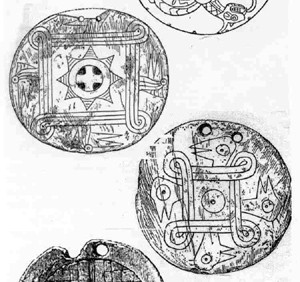syn·site
in Johanna Flato's terms: an ever-evolving conceptual constellation, an entangled situating crystallized from a myriad of fragmented realities. Simultaneity and singularities dance in a swirling waltz of intertwined moments and spaces, each adding to the cacophony and harmony of this complex site. A syn-site is a living, breathing tapestry of the world, constantly rewriting its own narrative, always open to edits, always challenging what we have come to accept as static or fixed. It is a manifestation of a world that is anything but singular or isolated — it is a world that is complex, interwoven, and infinitely entangled.
in Johanna Flato's terms: an ever-evolving conceptual constellation, an entangled situating crystallized from a myriad of fragmented realities. Simultaneity and singularities dance in a swirling waltz of intertwined moments and spaces, each adding to the cacophony and harmony of this complex site. A syn-site is a living, breathing tapestry of the world, constantly rewriting its own narrative, always open to edits, always challenging what we have come to accept as static or fixed. It is a manifestation of a world that is anything but singular or isolated — it is a world that is complex, interwoven, and infinitely entangled.
SYN (along with, at the same time | from Greek SYN, with | ~SYNTHETIC) + SITE (N: point of event, occupied space, internet address; V: to place in position | from Latin SITUS, location, idleness, forgetfulness | ~WEBSITE ¬cite ¬sight), cf. SITE/NON-SITE (from Robert Smithson, A PROVISIONAL THEORY OF NONSITES, 1968)






site (n.)
. . . directly from Latin situs "a place, position, situation, location, station; idleness, sloth, inactivity; forgetfulness; the effects of neglect," from past participle of sinere "let, leave alone, permit."
site (n.)
. . . directly from Latin situs "a place, position, situation, location, station; idleness, sloth, inactivity; forgetfulness; the effects of neglect," from past participle of sinere "let, leave alone, permit."
site (n.)
. . . directly from Latin situs "a place, position, situation, location, station; idleness, sloth, inactivity; forgetfulness; the effects of neglect," from past participle of sinere "let, leave alone, permit."
With only a few days left before deadline, the team's bitmap artist Susan Kare started researching for the Apple logo's successor. She was browsing through a symbol dictionary when she came across the cloverleaf-like symbol, commonly used in Nordic countries as an indicator of cultural locations and places of interest [...] Kare states that it has since been told to her that the symbol had been picked for its Scandinavian usage due to its resembling the shape of a square castle with round corner towers as seen from above looking down.
With only a few days left before deadline, the team's bitmap artist Susan Kare started researching for the Apple logo's successor. She was browsing through a symbol dictionary when she came across the cloverleaf-like symbol, commonly used in Nordic countries as an indicator of cultural locations and places of interest [...] Kare states that it has since been told to her that the symbol had been picked for its Scandinavian usage due to its resembling the shape of a square castle with round corner towers as seen from above looking down.
With only a few days left before deadline, the team's bitmap artist Susan Kare started researching for the Apple logo's successor. She was browsing through a symbol dictionary when she came across the cloverleaf-like symbol, commonly used in Nordic countries as an indicator of cultural locations and places of interest [...] Kare states that it has since been told to her that the symbol had been picked for its Scandinavian usage due to its resembling the shape of a square castle with round corner towers as seen from above looking down.











